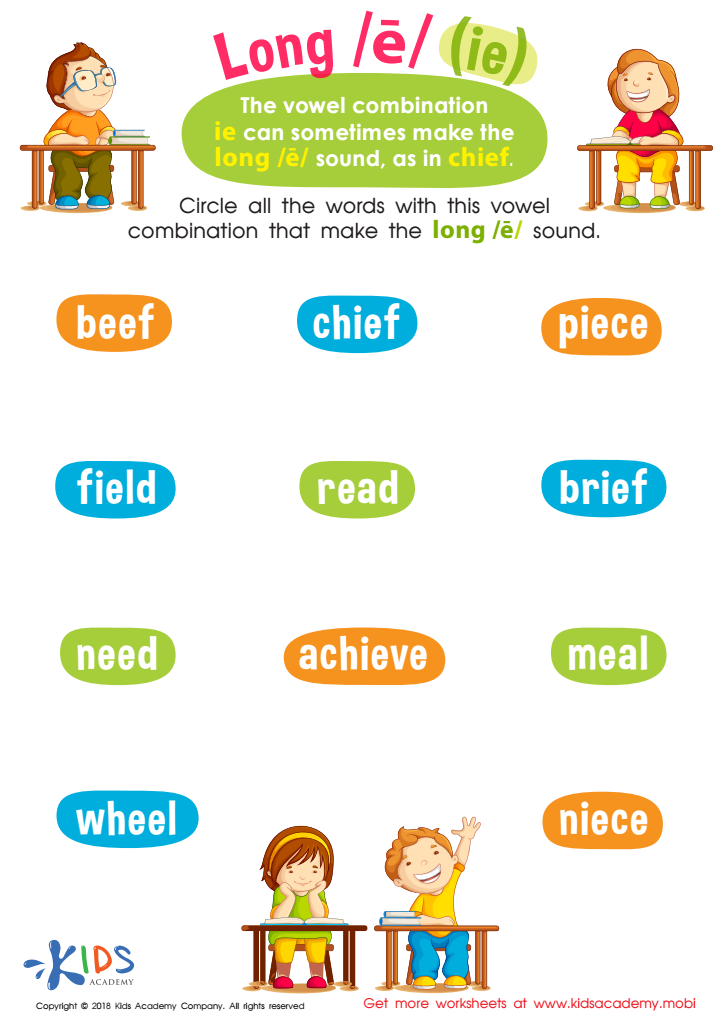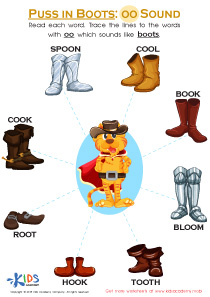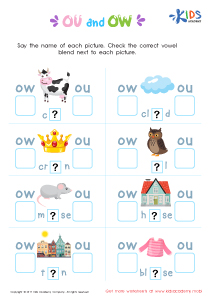Phonics practice Normal Vowel Blends Worksheets for Ages 6-9
3 filtered results
-
From - To
Enhance your child's reading skills with our Phonics Practice Normal Vowel Blends Worksheets, specially designed for ages 6-9. These engaging worksheets focus on helping young learners identify and practice normal vowel blends, paving the way for fluent reading and improved comprehension. Each worksheet is crafted to make phonics fun, combining colorful illustrations and interactive activities that keep children motivated. From blending sounds to recognizing patterns, these resources support essential literacy development in an enjoyable way. Perfect for home or classroom use, our printable worksheets provide essential practice to build confidence and competence in young readers. Explore and start blending today!


Reading: Long E and IE Worksheet


short vowels Worksheet


Reading: EA as in Bread Worksheet
Phonics practice, particularly Normal Vowel Blends, is crucial for children ages 6-9, as it serves as a foundation for their reading and writing skills. During this developmental stage, children are beginning to decode words more fluently. Normal Vowel Blends, such as "ai," "ee," and "oa," allow them to recognize and manipulate sounds, enabling them to blend letters into meaningful words.
Parents and teachers should prioritize phonics practice because it enhances reading comprehension and fluency. This skill fosters linguistic confidence, ensuring children can navigate texts independently, which is vital for academic success. Engaging with normal vowel blends helps children develop phonemic awareness—an essential pre-reading skill that influences their ability to spell and articulate words correctly.
Moreover, consistent practice in phonics supports cognitive development by promoting critical thinking and problem-solving skills. It also aids in developing a love for reading, as children grasp how sounds come together to form words, making texts less intimidating. Ultimately, investing time and effort in phonics practice will reflect positively on a child’s literacy skills, empowering them to succeed academically and encouraging lifelong learning. Thus, parental and teacher involvement in this area is indispensable for fostering enthusiastic, proficient readers.
 Assign to My Students
Assign to My Students















